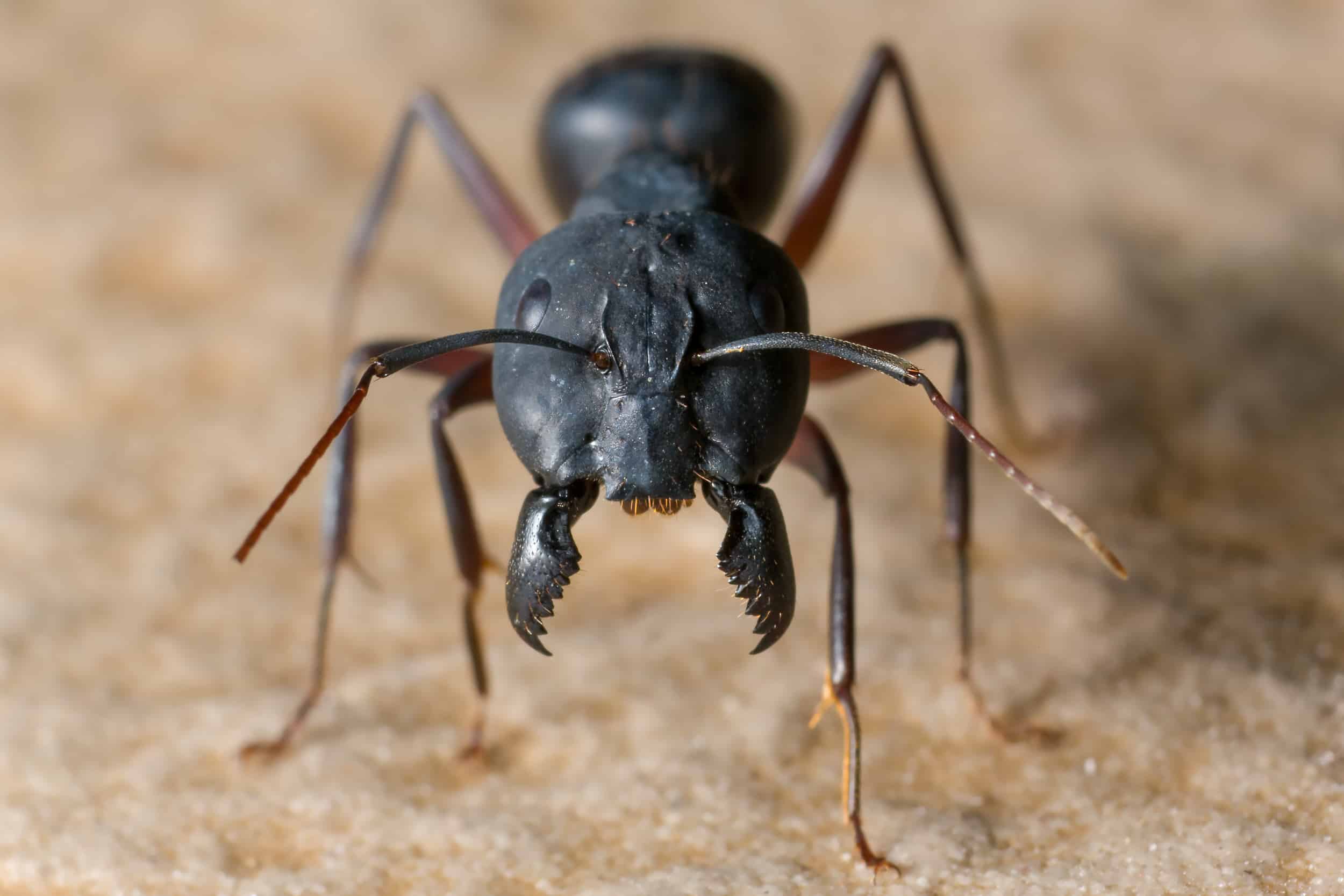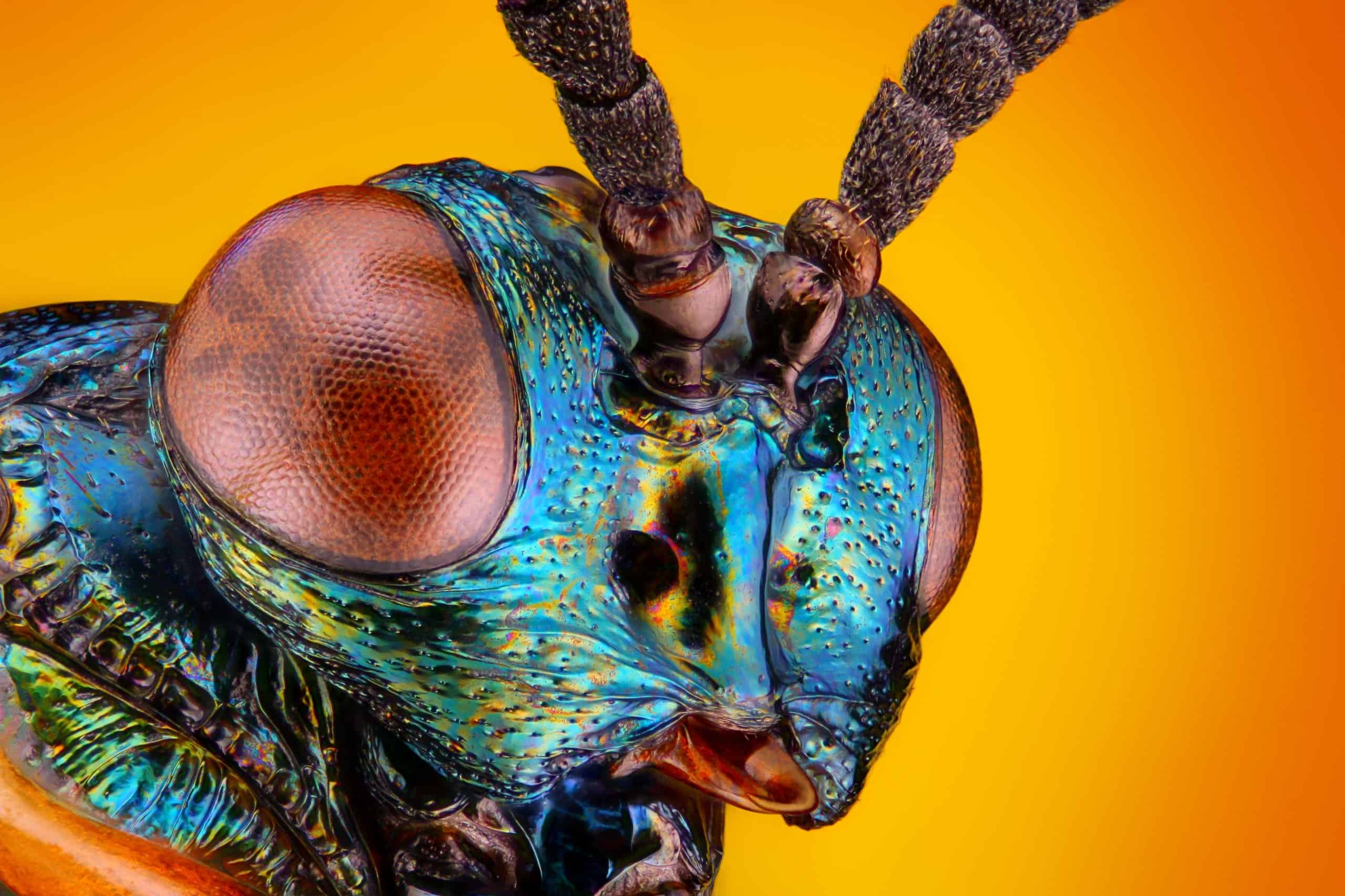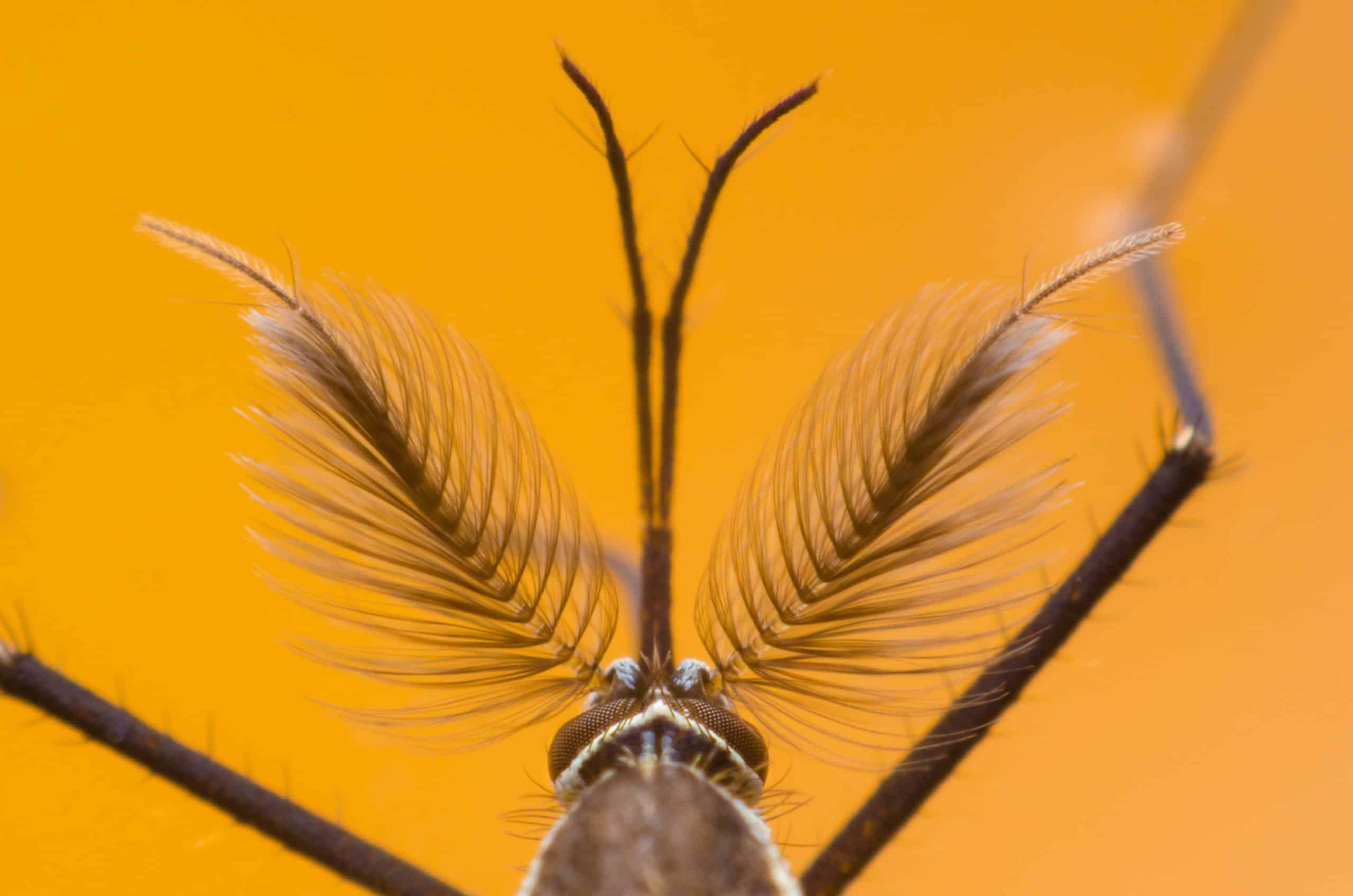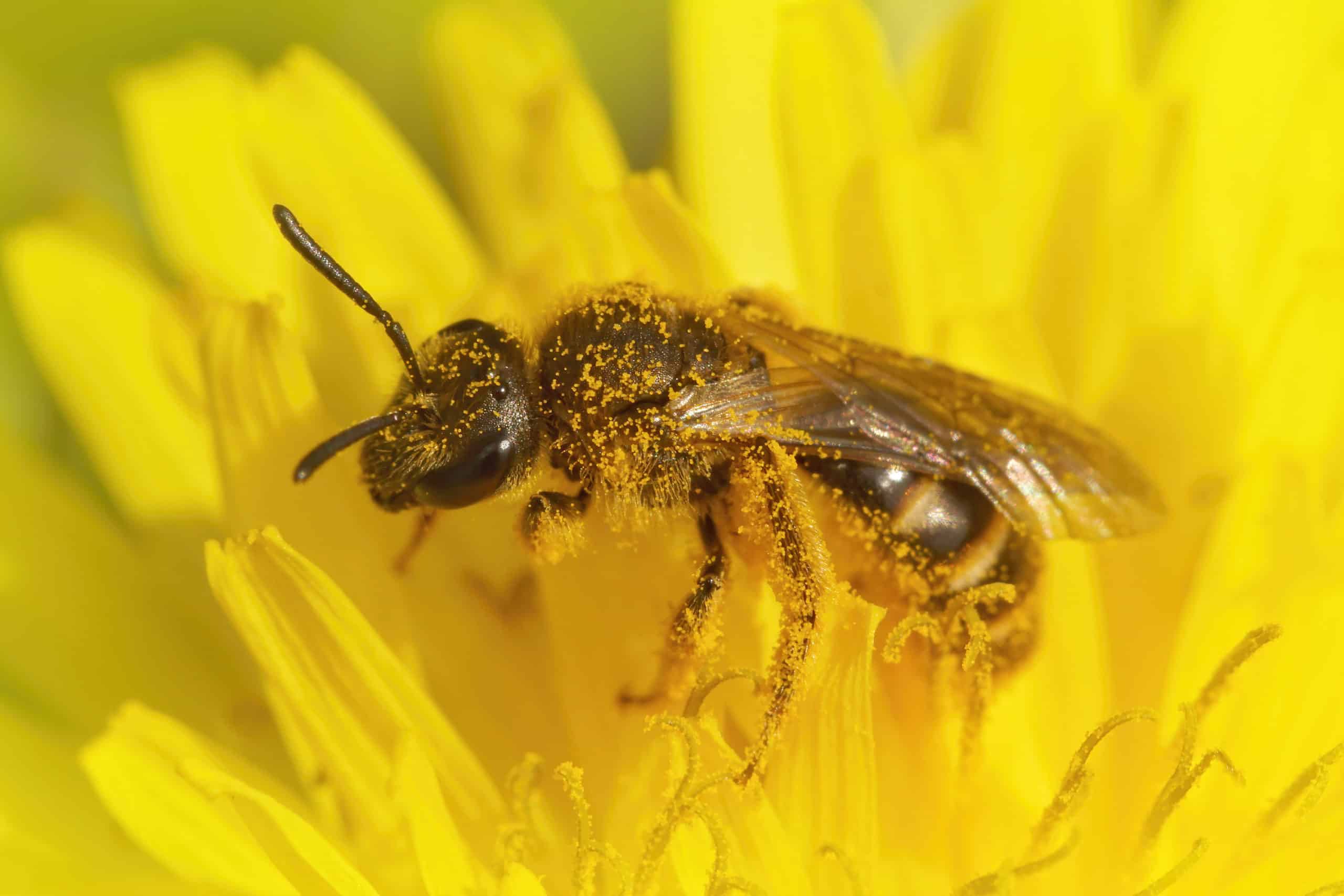Antennae – What Are They and What Are They For?
Antennae – What Are They and What Are They For?
A Common Feature
Antennae are an exceedingly common feature among arthropods, especially insects. They are a particularly unique appendage that can come in a variety of forms and even perform a variety of functions. 
Antennae Anatomy
Antennae are made up of multiple different segments that are categorized into three basic parts: the scape, the pedicel, and the flagellum. The scape is the base of the antennae where it attaches into the head of the insect through a socket-like structure. Directly after this is the pedicel which contains a series of tiny muscles that allow the insects more acute control of their antennal movements. The rest of the antennae, the flagellum, is made up of various segments called flagellomeres which contain a variety of different specialized sensory cells. All of these different segments are attached with joints that allow a lot of flexibility and overall mobility of this unique sensory body part. 
Types of Antennae
The most basic form of an antennae is called the filiform, whose segments along the length of the appendage are all very similar in size. Some common insects that have filiform antennae include dragonflies, some beetles, and crickets. There are a variety of other types of antennae that deviate from this basic form, leading to some very wild-shaped antennae. The most common of these are as follows: Setaceous Antennae – These are made up of multiple joints and flagellum that taper off into tinier segments towards the tip Moniliform Antennae – The segments of these antennae are round, making them resemble a string of beads Serrate Antennae – The name of this is a clue to its shape, as the segments are angled and come to a point on one side, like a serrated knife Pectinate Antennae – Resembling a comb, these segments branch outward on one side of the antennae Clavate or Capitate Antennae – Opposite to the setaceous antennae, these types become larger towards the tips like clubs (clavate are gradually clubbed, while capitate are abruptly clubbed) Geniculate Antennae – Unlike most antennae, these contain a special elbow-like joint, changing direction partway through the length of the appendage and producing a bent overall shape. Plumose Antennae – These are furry little antennae that are covered in tiny thread-like hairs resembling feathers 
A Variety of Uses
These unique appendages can actually perform a variety of roles for insects. In general, they are a sensory receptor for the body that is able to detect and differentiate external stimuli in order to inform the insect of its surroundings. These senses include detections of movement, heat, spatial awareness, and, especially, smell. In fact, while they are often referred to as “feelers,” this is somewhat incorrect because the primary function is olfactory. Along the antennae are hundreds of special olfactory cells called sensilla, which excel at detecting odors. This means that they can pick up smells even at tiny concentrations and having a pair of these powerful sniffers actually allows insects to determine the direction of the source of an odor due to the concentration differentiation between each antenna. 
Citations
Antennae (2015) NC State University College of Agriculture and Life Sciences. Available at: https://genent.cals.ncsu.edu/bug-bytes/head/antennae/ (Accessed: June 2, 2021). Insect antennae (no date) Amateur Entomologists’ Society (AES). Available at: https://www.amentsoc.org/insects/fact-files/antennae.html (Accessed: June 2, 2021). Saunders, T. (2019) Insect antennae, Science Learning Hub. Curious Minds. Available at: https://www.sciencelearn.org.nz/resources/2756-insect-antennae (Accessed: June 2, 2021).
Request a Free Quote Today
(We do not share your data with anybody, and only use it for its intended purpose)


